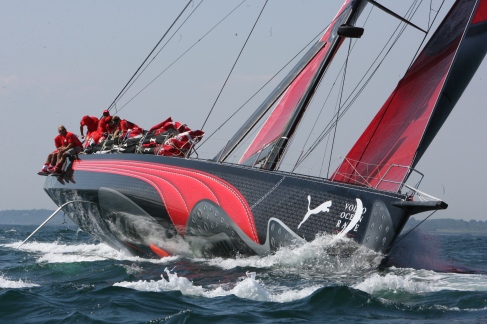By studying the case of Mac Donald’s Strategy, one of the main problem the firm has to deal with, is its global identity.
In fact, McDonald’s aggressive localization strategy is opposed by some who feel that too much operation as local brand might create many challenges for the brand to maintain its global identity. Simon Anholt, a British author and founder of the Nations Brand Index, opined, “By putting local food on the menu all you are doing is removing the logic of the brand, because this is an American brand. If McDonald’s serves what you think is a poor imitation of your local cuisine, it’s going to be an insult.” He believes that McDonald’s should go the Coca-Cola way. Robert Goldin, executive vice-president at Technomic, a Chicago based food service, said, “McDonald’s may find it hard to match local’s expectations for domestic offerings. That’s not to say they shouldn’t try, but I think it’s a very difficult proposition.
In this blog, the author describes how Daniela Buglione discusses the evolution of a multinational towards a more “glocal” strategy: Even if McDonald’s takes risks and changes its brand image, it doesn’t mean that it damages it. While in the short term this strategy may prove effective in penetrating a foreign market, in reality it may be damaging on a longer time scale, almost cutting its roots as a fast-food company. We certainly cannot say at this moment in which the evolutionary process has just begun whether McDonald’s has truly “changed skin.” We can however say that even a multinational success like McDonald’s (which is seen as more than a product, rather a promoter of globalization) is becoming an example of the evolution of traditional multinationals into a ever-more “glocal” reality, finding in globalization and localization the factors that give it a strategic approach more suitable for a global market.
So even if some disagrees with McDonald’s strategy, this strategy seems to have been anythuing but profitable.





